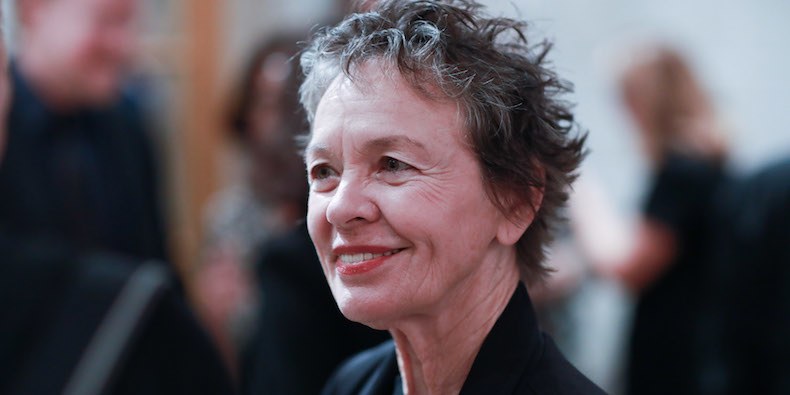Every living thing on Earth plays a part in the biosphere.
The biosphere is not merely the stage on which we all perform; it is the whole performance.
A fascinating kind of anteater called the pangolin is the only mammal on Earth that has scales. Its scales are its only defense against predators. Unfortunately this defense is useless against the dominant predator on Earth, humankind. (Or as e.e. cummings called it, ‘this busy monster, manunkind.’)
In a human-dominated world, the pangolin’s scales are even worse than useless for its survival, because they have a high “market value,” meaning that too many humans “make a living” supplying that market.
Humans have scales too, but only artificial ones, often used for weighing things that have “market value” – such as pangolin scales. In the gigantically top-heavy artificial monster called “the economy” by its human constructors, pangolin scales far outweigh the lives of pangolins, just as “market value” outweighs the value of life itself, including human life.
Pam Jackson has caught the whole strange scenario in a small painting:

This has a special meaning on Earth Day 2020, as it’s been suggested that the pangolin might have been a carrier of the virus that jumped to humans to cause the COVID-19 pandemic. The pangolin – poached, trafficked and endangered – is as innocent as the virus itself. If anyone is to blame for the pandemic, it is the humans who “make a living” from an extractive “economy” which is destructive, on an overwhelming scale, to other players in the biosphere. The pandemic is just one symptom of the busy monster in self-destruct mode.
Earth Day should redirect our attention to the natural economy, the economy of the biosphere. As if our lives depended on it – for in truth they do, just like the lives of pangolins, ants and viruses.
